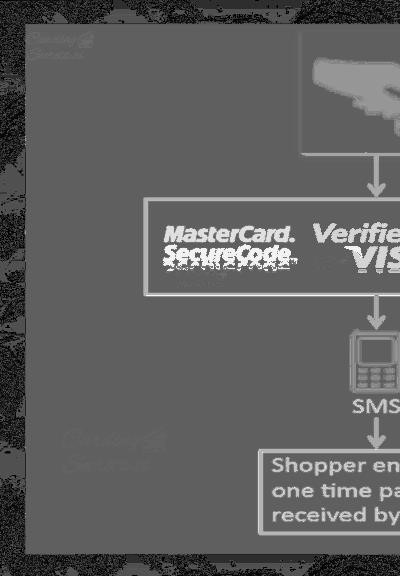
The landscape of credit card availability has expanded significantly, offering a diverse range of options beyond traditional bank-issued cards․ This article will delve into the realm of non-VBV (Verified by Visa/Mastercard SecureCode) credit cards, exploring their features, benefits, and considerations for potential applicants․ It is crucial to understand that while these cards offer accessibility, they often come with specific terms and conditions that require careful review․
Non-VBV credit cards, often categorized alongside non-bank credit cards, non-traditional credit cards, or alternative credit cards, represent a segment of the credit market designed to serve individuals who may not qualify for traditional bank-issued credit cards․ This may include those with bad credit, thin credit, or those seeking credit building credit cards․ These cards frequently bypass the stringent verification processes associated with VBV, offering a potentially quicker approval process․ This does not, however, imply a lack of risk assessment; lenders still evaluate applicants, though often using alternative credit scoring methods․
Types of Non-VBV Credit Cards
- Subprime credit cards: Designed for individuals with lower credit scores, these cards typically come with higher interest rates and fees․
- Credit cards for bad credit: Similar to subprime cards, these cater specifically to those with a history of credit issues․
- Credit cards with no bank account: These cards often require alternative forms of identification and income verification, bypassing the need for a traditional bank account․
- Prepaid credit cards: These cards require upfront funding and function similarly to debit cards, offering limited credit-building opportunities․
- Virtual credit cards: These are digital-only cards, often generated through online banking platforms or third-party providers, and may or may not be linked to VBV․
- Online credit cards: These cards are applied for and managed entirely online, often offering expedited application processes, including easy approval credit cards, quick approval credit cards, and even instant approval credit cards (though instant approval is not always guaranteed)․
- Unsecured credit cards: These cards don’t require collateral, making them accessible to a wider range of applicants, but typically carry higher interest rates․
Benefits and Drawbacks
Benefits
- Accessibility: Non-VBV cards offer credit access to individuals who might otherwise be excluded from the traditional credit market․
- Credit Building Potential: Responsible use of these cards can help improve credit scores over time․
- Convenience: Online applications and management can simplify the process․
Drawbacks
- Higher Interest Rates and Fees: These cards often come with significantly higher interest rates and fees compared to traditional cards․
- Limited Credit Limits: Initial credit limits may be lower, requiring responsible spending habits to gradually increase the limit․
- Potential for Debt Accumulation: High interest rates can lead to rapid debt accumulation if not managed carefully․
Non-VBV credit cards present a valuable opportunity for individuals seeking access to credit, particularly those with challenged credit histories․ However, careful consideration of the associated risks and fees is paramount․ Before applying, thoroughly research different providers, compare terms and conditions, and carefully assess your financial capacity to manage the associated costs․ Responsible use can pave the way for improved creditworthiness, but irresponsible use can lead to significant financial hardship․ Always prioritize financial literacy and responsible credit management practices․

This article provides a comprehensive overview of non-VBV credit cards, effectively categorizing the various types and highlighting the key considerations for potential applicants. The clear explanation of the differences between various non-traditional credit card options, such as subprime, bad credit, and no bank account cards, is particularly valuable for consumers seeking to navigate this complex financial landscape. The inclusion of prepaid and virtual credit cards further enhances the article’s scope and relevance.
The author successfully articulates the nuances of non-VBV credit cards, emphasizing both the accessibility and inherent risks associated with these financial products. The discussion of alternative credit scoring methods employed by lenders is particularly insightful, offering a balanced perspective on the approval process. The article’s structured approach, clearly outlining different card types and their respective implications, makes it a valuable resource for both consumers and financial professionals.